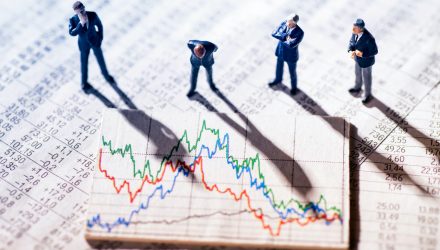After rallying into the close of last week, stock markets are were mixed to lower on Monday, as investors are still weighing the potential issues with reopening the economy prematurely, and the market is consolidating around key resistance levels.
Yet, there has been a growing faction of investors and analysts who see the rapid rise of the March lows as a potential v-bottom formation, where markets bounce right back to all-time highs.
There’s a widely held view that the stock rally illustrates predictions the COVID-19 pandemic will have a damaging but ephemeral effect on the economy, with growth exploding later in the year once the outbreak is curtailed, the country reopens, and workers return to their jobs, stemming the rampant unemployment numbers.
Now, however, one prominent Wall Street analyst is saying that investors are seeing the stock market’s sharp ascension from the March 23 lows incorrectly. Investors have the rally wrong, according to Tony Dwyer, chief market strategist at Canaccord Genuity, in a Monday note.
However, Dwyer said he would characterize the market’s “extraordinary move” since the March 23 low and the Federal Reserve’s April 9 plan to insert an additional $2.3 trillion into the economy as “economically defensive,” driven by “those mega-cap growth stocks that benefit from a longer stay and work-from-home economy, or the health care sector involved with the COVID-19 response.”
In addition, the KBW Bank Sector Stock Index, tracked by the Invesco KBW Bank ETF (KBWB) and the S&P 500 industrial sector remain, tracked by the Industrial Select Sector SPDR Fund (XLI) are flat to declining since the Fed’s April 9 announcement, Dwyer explained. Further evidence that the rally has come amid expectations for a weak recovery is shown by a lack of improvement in the credit markets, Dwyer argued.
“At this point, if the market was anticipating a ‘V’ recovery, credit would be outpacing stocks, but the opposite is true thus far,” he said.
For more market trends, visit ETF Trends.
